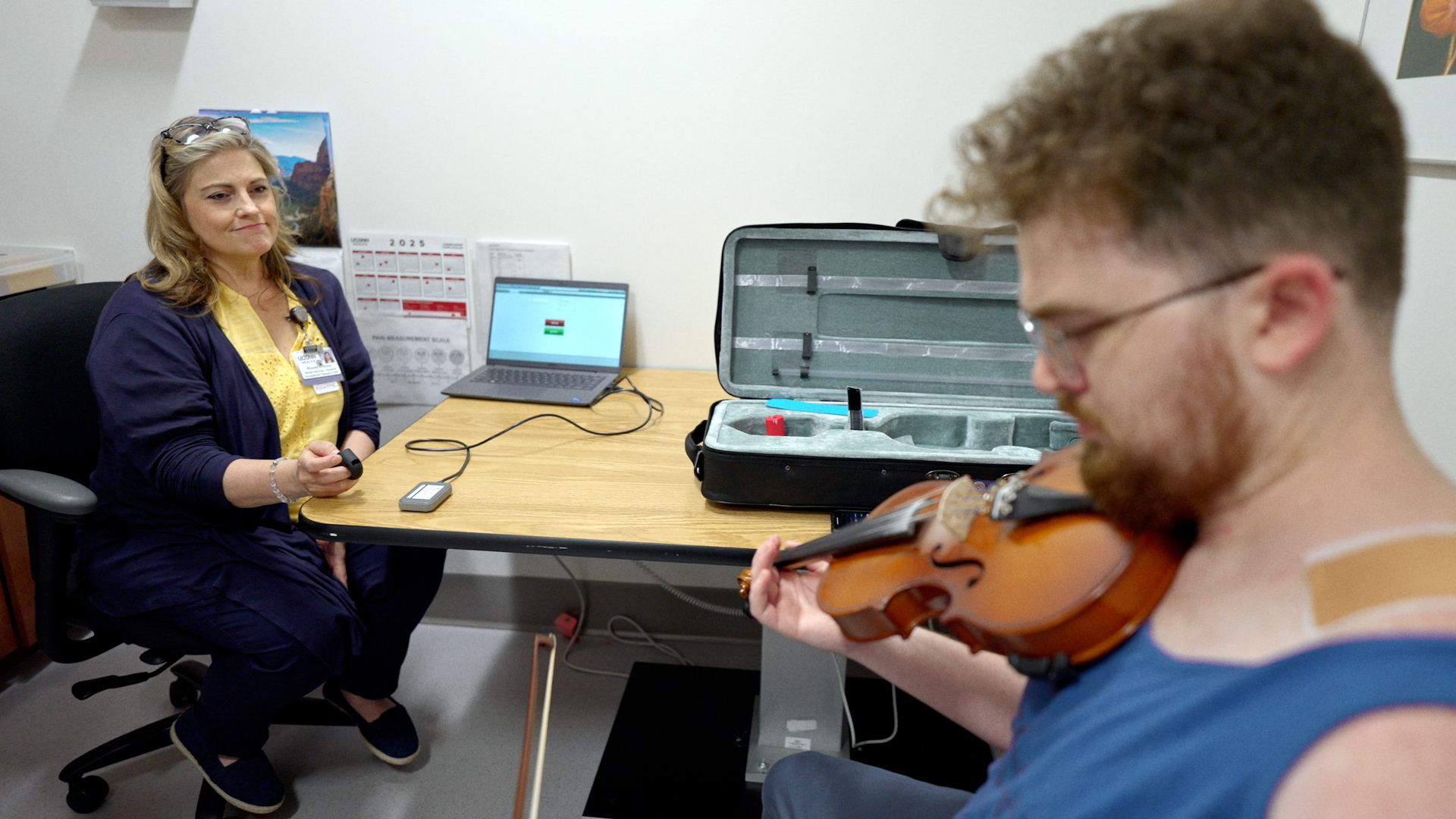The Board of Trustees voted Wednesday to adopt the University’s FY ’16 spending plan for the Storrs and regional campuses, along with the annual spending plan for UConn Health.
The budgets provide $1.3 billion for Storrs and the campuses at Greater Hartford, Stamford, Avery Point, Waterbury, and Torrington. UConn Health and its operations will be supported by a $1 billion spending plan for FY ’16.
Both plans prioritize the University’s academic mission and research enterprise, while recognizing the economic realities faced by UConn and many other higher education institutions nationwide that rely in part on allocations from their states’ tight budgets.
Despite those constraints, UConn’s FY ’16 plans continue to support strong financial aid packages; the recruitment of top talent among students and faculty; the University’s Academic Plan; and the continuation of Next Generation Connecticut, albeit at a slower pace than first planned.
While a reduction in state aid will leave UConn with a $28.2 million deficit – as well as additional rescissions that the University expects from the state – President Susan Herbst emphasized that the financial circumstances could have been much worse.
“The legislature and the governor had to contend with a very difficult budget, and we are relieved and grateful for every penny that was restored to UConn’s appropriation,” she said.
“Our goal, as always, is to act strategically to protect critical academic areas of teaching and research while making additional investments in key fields, in accordance with our academic plan,” she said. “We remain committed to that fundamental effort.”
Specifically, the FY ’16 plan for Storrs and the regional campuses envisions:
Keeping the University affordable through the availability of $85.4 million in University-funded grants and scholarships, with the best packages provided to in-state, low-income students. That’s up from $42.6 million in FY ’08.
- In all, the budget includes $146.5 million in financial aid, which encompasses federal aid, state aid, privately funded scholarships, and other assistance, in addition to the $85.4 million in University-funded grants and scholarships.
- Receiving $243.2 million in state block grant operating funds, a $15.7 million reduction from UConn’s request. The state appropriation funds 30 percent of UConn’s budget, down from 43 percent in 2000.
- About $19 million of that funding is earmarked for Next Generation Connecticut, an initiative to invigorate Connecticut’s economy by expanding education and research in STEM (science, technology, engineering, and math) fields. While the allocation for the STEM initiative is about $14.6 million less than requested, it still allows UConn to proceed with some hiring and scholarships to support the initiative.
- Enacting a series of spending reductions and controls to mitigate the approximately $28.2 million deficit. These include savings from certain operational mergers, elimination of empty positions and tight restrictions on new hiring, selective layoffs, selected rescissions to academic departments and programs, and other cost-saving measures.
- Supporting high-quality academic programs for the anticipated enrollment of about 30,000 students, including approximately 23,000 undergraduates.
“UConn’s focus will continue to be on carrying out our Academic Plan and funding key academic priorities in support of teaching and research,” Scott A. Jordan, executive vice president for administration and chief financial officer, told trustees.
“It is vital that the University remain committed to achieving these goals,” he said. “UConn has come far as an institution, and the University is unwilling to see progress stall – or even reverse – when it comes to carrying out the academic mission and enhancing academic strength.”
The budget workshop materials reviewed Wednesday can be found on the University’s Finance and Budget website.



